Table of Contents
Wax paper is often omitted from composting due to its waxy coating, but there are compostable types available. These types are moisture-resistant papers widely favored for cooking. When shredded and added to a compost pile, wax paper can deliver vital carbon to your composting microorganisms.
Opt for clean, brown wax paper coated with beeswax or soybean. These are safe for composting. White wax paper that has undergone a bleaching process can introduce traces of chlorine to your compost. Discard it if you want to keep your compost pile entirely organic.
It’s crucial to steer clear of wax paper with paraffin or other petroleum-based derivatives. Toxins from these products can inhibit the decomposition process and harm composting microorganisms. These toxins could linger in the resulting compost. Recently, paper product companies have been using organic inks and dyes. Heavily printed wax paper with synthetic colors should be disposed of elsewhere, not in your compost pile or bin.

Like parchment paper, wax paper also has a high reuse value. Simply wash your used wax paper with soap and water. Dry until your next cooking activity.
Due to its intense heat, hot composting is the best option for composting wax paper quickly. To ensure safe and efficient composting, prepare your compostable wax paper properly and achieve optimal composting conditions. Learn how to home compost wax paper using this comprehensive guide.
Types of Wax Paper for Composting
Consider the paper material of your wax paper when determining its compostability.
Safe to compost, unbleached wax papers are characterized by their brown color. In contrast, bleached wax papers have undergone bleaching treatments, commonly with chlorine. It’s generally safe to compost white wax papers in small quantities, but it does pose a risk of chlorine contamination. If you want to maintain a completely organic compost pile or bin, it’s best to discard them.
Although the waxy coating on wax paper often deters gardeners and composters, some types are coated with organic sources. Explore the different types of wax paper for home composting.
Soybean Wax
Wax paper fully coated with 100% soybean oil wax is compostable. This specific wax comes from soybeans — a type of legume native to East Asia. After the soybeans are harvested and washed, the hulls are removed (or dehulled) and rolled into flakes. The flakes are processed until oil is extracted from them.
The resulting oil then undergoes hydrogenation where the fatty acids in the oil become more saturated. Hydrogenation alters the oil melting point, solidifying it at room temperature.
Beeswax
Beeswax provides another eco-friendly alternative. Honey bees naturally generate this substance, which includes fatty acid esters and numerous long-chained alcohols. Specifically, worker bees have eight wax-producing glands in their abdomens that generate the wax. They utilize beeswax to construct honeycombs, their storage for valuable honey.
When heated, beeswax becomes soft and supple. Other than wax paper coating, beeswax has been widely used for candlemaking, and waterproofing. It is also known for its cosmetic benefits on skin, and hair health.
How to Compost Wax Paper
After identifying your wax paper as compostable, treat it just like any other carbon-rich brown material in your compost. The downside of composting wax paper is that it takes a longer time to decompose. Composting microbes find the thin layer of wax difficult to penetrate and break down. You can accelerate the composting process by properly preparing your compostable wax paper and creating ideal compost conditions.
Preparing Wax Paper for Composting
Make sure to remove any food residues from your compostable wax paper. Strive to compost only clean, unbleached wax paper coated with soybean or beeswax. Food-soiled wax papers can lead to common composting issues like pesky pests and unpleasant odors.
Like parchment papers, wax papers can pose a challenge to break apart due to their waxy surface. This layer can make it difficult for the composting microorganisms to reach the fibrous paper pulp within your wax papers.
One way to quicken the decomposition process is to cut your wax papers into smaller sizes. Generally, smaller pieces decompose more rapidly. You can do this manually or with a scissor. If you’re dealing with bulk amounts of wax paper at home or in a commercial establishment, consider using a heavy-duty shredder machine for a more effortless experience.
Optimal Composting Conditions for Wax Paper
A healthy compost pile needs a balanced mix of nitrogen-rich green materials, and carbon-rich brown materials. These compostable products will be crucial to the growth and activity of composting microorganisms. Including compostable wax paper in your pile can supply crucial carbon.
Coffee grounds, food waste, and fresh, untreated grass clippings are excellent green ingredients to layer with brown ingredients like dried leaves, shredded brown cardboard, and woodchips. Stick to an ideal ratio of 25 to 30 parts carbon to 1 part nitrogen.
It’s also important to check the moisture levels in your compost pile. If your compost becomes too dry, the decomposition of organic waste slows. You may need to add water if necessary.
Excessive moisture, however, can trigger anaerobic decomposition, making your compost to smell unpleasantly. In such cases, add more carbon-rich elements like shredded brown cardboard or compostable wax paper to decrease excess moisture.
For hot piles, maintain a temperature between 90 and 140 degrees Fahrenheit. Turn your compost pile to aerate it and enhance microbial activity. Regular temperature checks are required in hot composting, which some people find laborious. Nonetheless, this composting method yields faster results.
As a precaution against attracting pests, bury any greasy or food-soiled wax paper deep in the center of the compost pile.
How Long Does Wax Paper Take to Compost?
In a well-managed pile, compostable wax papers break down in 2 to 6 weeks. Moisture, oxygen, and temperature levels are key factors in determining how fast or slow the decomposition process is.
How Wax Paper Affects the Composting Process
The carbon in wax paper serves as a valuable resource of energy for your compost pile’s microorganisms. It’s not recommended to compost paper with a petroleum-based paraffin coating, because it’s more difficult to decompose. Moreover, the synthetic chemicals from this type of wax could potentially harm your microorganism community.
Impact on Decomposition
Microbes will highly benefit from shredded, compostable wax paper. When properly prepared and balanced with other organic ingredients, wax paper can speed up the decomposition process, but try not to add large quantities of this carbon-rich kitchen waste to avoid clumping. Shredding it will speed up the process for you to produce nutritious compost.
Microbial Activity
Avoid wax paper coated with paraffin wax or any other petroleum-based substances and chemicals. Toxins from these materials can seep into your compost and harm the microorganisms. Conversely, brown wax paper coated with beeswax or soybean can enhance microbial activity due to its carbon content. If you’re unsure about the coating on your wax paper, consider reaching out to the manufacturer for more information or choose to discard it altogether.
Temperature and Moisture
Moisture and temperature play key roles in composting. Overloading your compost pile or compost bin with compostable wax paper can disrupt the balance in its carbon to nitrogen ratio. Introduce the material into the pile gradually by incorporating it at the center. The high temperatures will aid in breaking down the wax paper more quickly.
If you encounter excessive water, consider adding more carbon-rich materials such as shredded cardboard or wax paper. These materials can absorb the excess water and help restore moisture balance.
Potential Issues With Composting Wax Paper
Due to their coating, wax papers take a long time to decompose. Be mindful when adding food-soiled wax paper as it can cause typical composting issues.
Will Composting Wax Paper Attract Pests?
Clean, brown wax paper coated with soybean or beeswax generally does not attract pests. However, wax paper with significant amounts of food residues can cause pest problems in your compost pile. If you decide to compost food-soiled wax paper, add small amounts to the center of your compost and mix thoroughly. Maintaining optimal composting conditions will ensure the highest quality compost.
Will Composting Wax Paper Cause Odors?
Compostable wax paper doesn’t cause unpleasant odors in a well-maintained pile. A watery pile lacking oxygen can create an anaerobic environment leading to a foul-smelling compost pile. Stick to optimal composting conditions to avoid this.
Use food-soiled wax paper at your own risk because it can contribute to potential smells too.
Methods for Composting Wax Paper
Common composting methods are ideal for wax paper but some options yield compost faster. Continue below and find out which one suits your lifestyle best.
Hot Composting
Hot compost piles can transform your wax paper into a nutritious soil additive for your plants. This particular method uses the heat generated by microorganisms to “cook” and break down organic wastes. For a successful hot compost, you need to conduct regular temperature checks and frequently turn the compost. This extra care can make hot composting more challenging for beginners.
The optimal internal temperature for a hot pile should be between 90 and 140 degrees Fahrenheit. You can maintain this ideal temperature range using a long-stemmed backyard thermometer. Shred your compostable brown wax paper before adding it to your hot compost. Placing it in the center of the hot compost pile will accelerate decomposition.
Cold Composting
Without the intense heat from composting microorganisms, cold composting produces healthy compost more slowly. Temperature checks are no longer needed when you do cold compost. Minimal turning helps aerate the cold pile and distribute moisture evenly. Cold composting allows natural-occurring microbes and insects to break down and process compostable materials.
Beeswax- and soybean-coated, brown wax paper should be cut into small pieces before going into your cold compost. Keep in mind that it will take a long time to break down wax paper using this method. If you’re dealing with food-soiled wax paper, placing a sheet of metal or wood over the open pile will deter pests from going through your organic wastes.
Vermicomposting
Wax-coated papers are not suitable for vermicomposting. Avoid this kind of material to keep your worm farm safe from harmful chemicals and prevent vermicompost issues.
Bokashi Composting
Compostable waxed paper can be used inside your Bokashi bucket. A piece of clean, brown wax paper placed over other organic items can help limit the amount of oxygen inside. Push it down to reduce air pockets. Bokashi composting uniquely uses anaerobic decomposition to process and ferment your organic materials. Food scraps (fruit and vegetable trimmings) are ideal ingredients for Bokashi composting since microbes from the specialized inoculant bran thrive in sugars and proteins.
Bokashi composting is a good option if you’re working with limited garden space!
Alternatives to Composting Wax Paper
If composting wax paper isn’t a feasible option for you, consider other sustainable alternatives below.
Industrial Composting of Wax Paper
If you can’t compost at home, industrial composting serves as a great alternative. These large-scale facilities operate at high temperatures, hot enough to process wax paper.
Each composting facility has its own set of rules. Reach out to your nearest center and learn more about local composting regulations. Prepare your compostable wax paper accordingly.
Recycling Wax Paper
Wax-coated paper is not suitable for recycling because of its coating. Most recycling facilities use water to break down the fibrous wood pulp from paper products. This process is not possible for wax paper because it has a glossy finish.
Although difficult to recycle, some centers are advanced enough to separate inorganic elements from the paper pulp. Check on your local recycling center to confirm.
Upcycling Wax Paper
You can use wax paper several times before discarding it, which can help reduce your kitchen waste. Reuse wax paper for cooking or holding food items for the same purposes.
To clean the used wax paper, gently wash it with soap and water to remove grease, but be careful not to tear the paper. It can affect its functionality. Allow it to dry thoroughly before your next use.
Refrain from rinsing used wax paper with hot water since it could melt. Keep in mind that reused wax paper could pose a risk of bacterial growth.
Disposal Options for Wax Paper
If none of the alternatives are possible, segregate your wax paper and dispose of it in a proper waste bin. You can also contact waste disposal services to book pick-ups so your waste won’t pile up at home.
What Wax Paper Shouldn’t Be Composted?
You should avoid composting wax paper coated with paraffin or other petroleum-based sources. The toxins from these wax papers can be harmful to composting microorganisms and may linger in the compost, eventually making their way into your garden. Hydrocarbons from petroleum or its by-products are carcinogens and in high amounts, can contaminate your food and soil.
Distinguishable by its white color, bleached wax paper can introduce traces of bleach like chlorine to your compost. If chlorine contamination concerns you, discard these white wax papers and dispose of them in a proper waste bin.
Manufacturers today use organic dyes and inks, and heavily printed wax paper with synthetic colors should be discarded.
Adding large amounts of food-soiled paper products can negatively impact your compost pile, leading to problematic pests and unpleasant odors.
Safety and Precautions When Composting Wax Paper
As a general rule, aim for the optimal composting conditions. Avoid wax paper coated with paraffin or petroleum-based products and other chemicals. After your composting activity, wash your hands with soap over running water.
FAQ
Can I compost wax paper at home?
Yes, wax papers are compostable at home, but some types shouldn’t go to your compost pile. Avoid wax paper with paraffin, petroleum-based, or other chemicals. Toxins from these wax papers can harm composting microorganisms and persist in the resulting compost. Use clean, brown wax paper with beeswax or soybean coating. Food-soiled wax paper can be added to your home compost pile or compost bin in small quantities.
How long does it take for wax paper to decompose?
In a well-maintained compost pile, compostable wax paper breaks down in 2 to 6 weeks. Oxygen, moisture, and temperature are key environmental factors to monitor. A good balance of carbon-rich brown materials, and nitrogen-rich green materials will result in a nutritious compost.
Can I speed up the composting process of wax paper?
Shred or cut your compostable wax paper. Smaller surface areas allow microbes to access the wood pulp quicker. Put the shredded wax paper to the center of your compost pile and mix with other organic wastes. Hot composting method produces compost faster from paper wax.



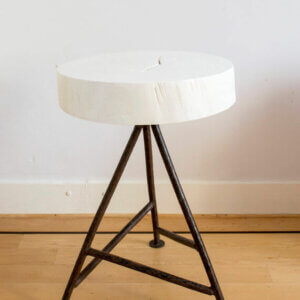

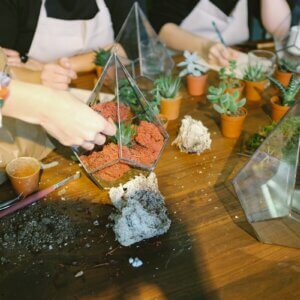

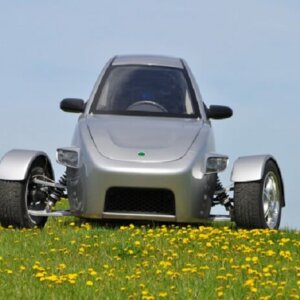
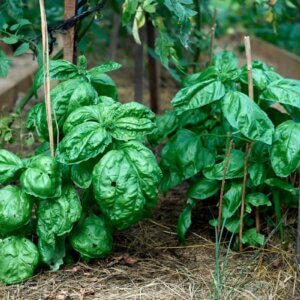

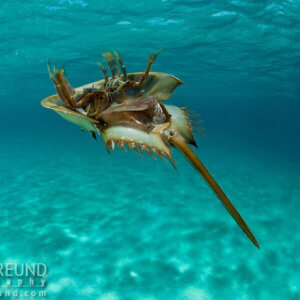


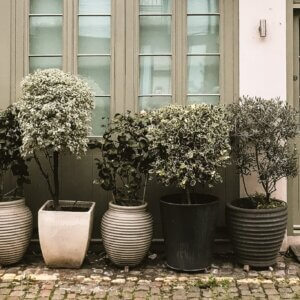
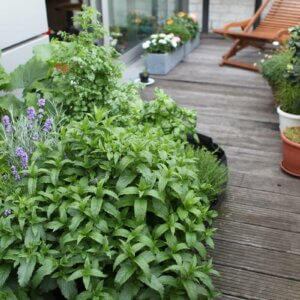

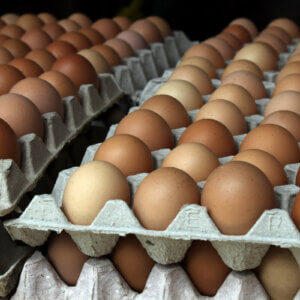


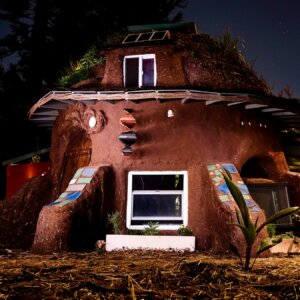
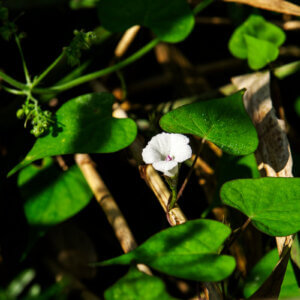




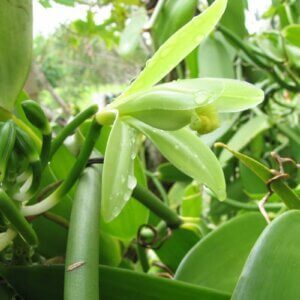




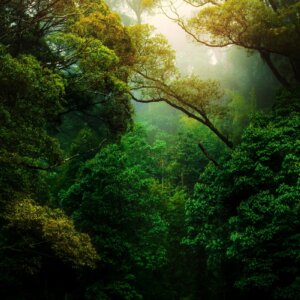




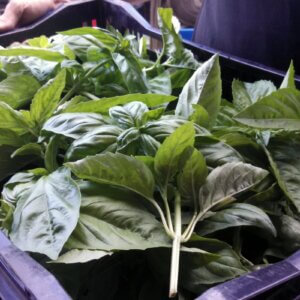

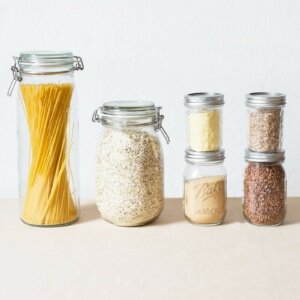

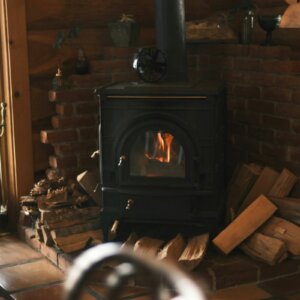

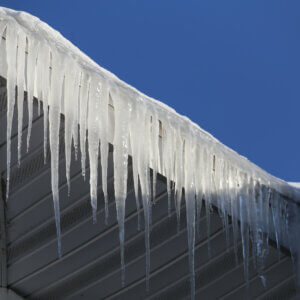
Leave a Reply